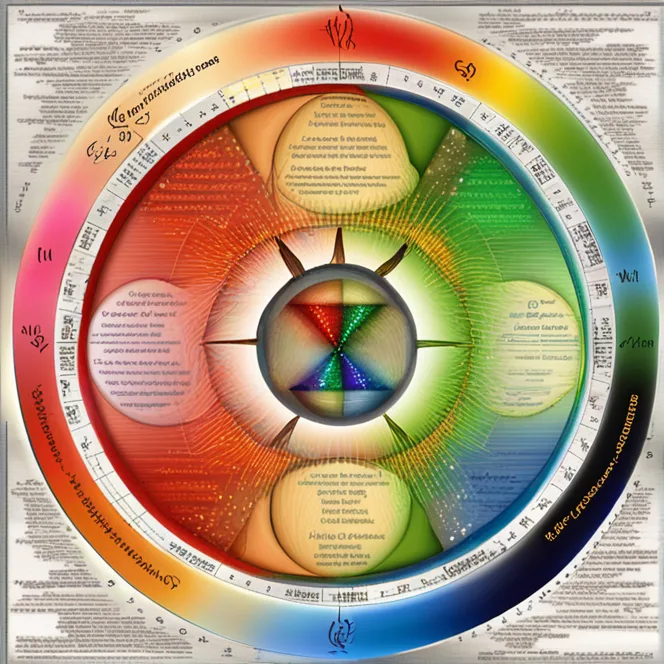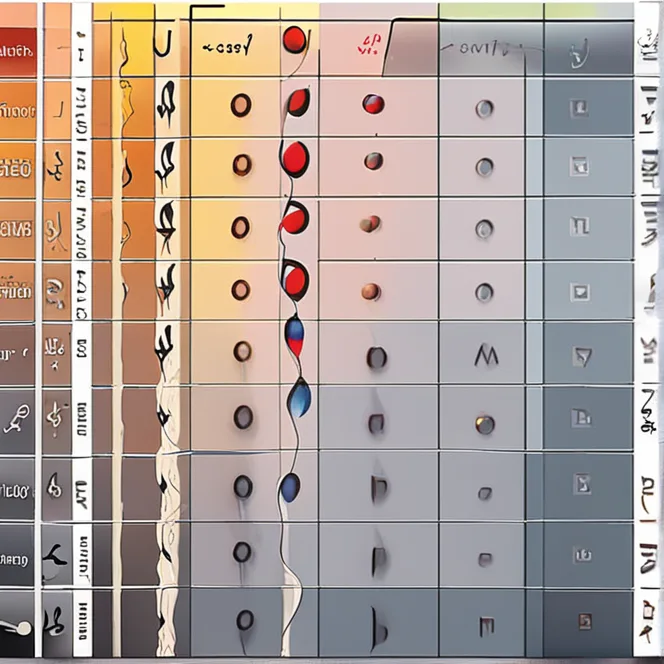
Deciphering Biorhythm Cycles
Explore the fascinating world of biorhythms to understand your innate cycles of physical, emotional, and intellectual well-being.
article by Adrian Wallace
The concept of biorhythms originates from the idea that our lives are influenced by natural mathematical cycles. These cycles are thought to affect our physical, emotional, and intellectual capabilities. By understanding and tracking these cycles, proponents believe it's possible to anticipate periods of strength and weakness, thus enabling better life management strategies. Biorhythm theory divides these innate cycles into three primary waves, each with a different period. Although the scientific community largely regards biorhythms as a pseudoscience, the concept has gained a niche following among those seeking personal insight and optimization of their pursuits.
The Three Core Cycles
The foundational premise of biorhythms rests on three core cycles: the Physical, Emotional, and Intellectual cycles. Each cycle has a specific duration: 23, 28, and 33 days respectively. The Physical cycle is said to influence strength, coordination, and overall well-being. The Emotional cycle supposedly affects mood, creativity, and perception of the world around us. Finally, the Intellectual cycle is thought to dictate cognitive abilities, decision-making, and logical thinking. By charting these cycles, one might anticipate high and low points in each area, helping to optimize activities related to these attributes.

Calculating Your Biorhythms
Calculating one's biorhythms begins with the individual's date of birth. From there, a biorhythm calculator can plot the cycles, revealing the days when one cycle crosses from a positive phase to a negative one, and vice versa. These crucial transition points, known as critical days, suggest moments of heightened caution. During these times, it's believed that we may be more prone to accidents or poor judgment, given the intersection of opposing forces within the cycle. Supporters of biorhythm theory often use these calculations as a guide for planning important events or making life decisions.
Biorhythms in Everyday Life
While the application of biorhythms can seem abstract, enthusiasts integrate these cycles into daily life in practical ways. For example, those tracking their Physical cycle might schedule demanding workouts or competitions during high points and opt for rest and recovery during low phases. Emotional cycle awareness could influence social engagements or relationship decisions, and Intellectual cycle tracking may inform when to tackle complex tasks or learn new skills. This personalized approach to scheduling and decision-making is where the biorhythm theory finds its most avid application.

Criticism and Consideration
Despite its allure to some, biorhythm theory faces significant skepticism from the scientific community. Critics argue the lack of empirical evidence and failure to pass controlled experiments diminish its credibility. Furthermore, the theory has not been substantiated by physiological or psychological studies. Thus, while it can serve as an intriguing tool for personal reflection, it's important to approach biorhythm tracking with a discerning eye, weighing its subjective value against a backdrop of scientific critique.
Embracing Biorhythms
For those interested in pursuing an exploration of biorhythms, numerous resources are present online including calculators and apps that make the process of tracking these cycles accessible. In addition, many books delve deeper into the nuances of each cycle. Whether embraced fully or viewed critically, biorhythm theory encourages individuals to pay closer attention to their bodies and minds, potentially leading to greater self-awareness and introspection in personal growth journeys.
Published: 12/8/2023
Modified: 12/8/2023
More predictions
Come back here soon to learn more about yourself and your future


Decoding The Magic Of Biorhythms
Biorhythms, a captivating concept, emerged from the belief that our lives are deeply intertwined with rhythmic cycles.


Understanding Biorhythms: The Body's Natural Cycles
Unveil the mystery of biorhythms and understand how these natural cycles influence your daily life and well-being.


The Power Of Biorhythms Calculator
Unravel the mystery of your personal biorhythms with our insightful calculator and discover how they influence your daily life and future decisions.